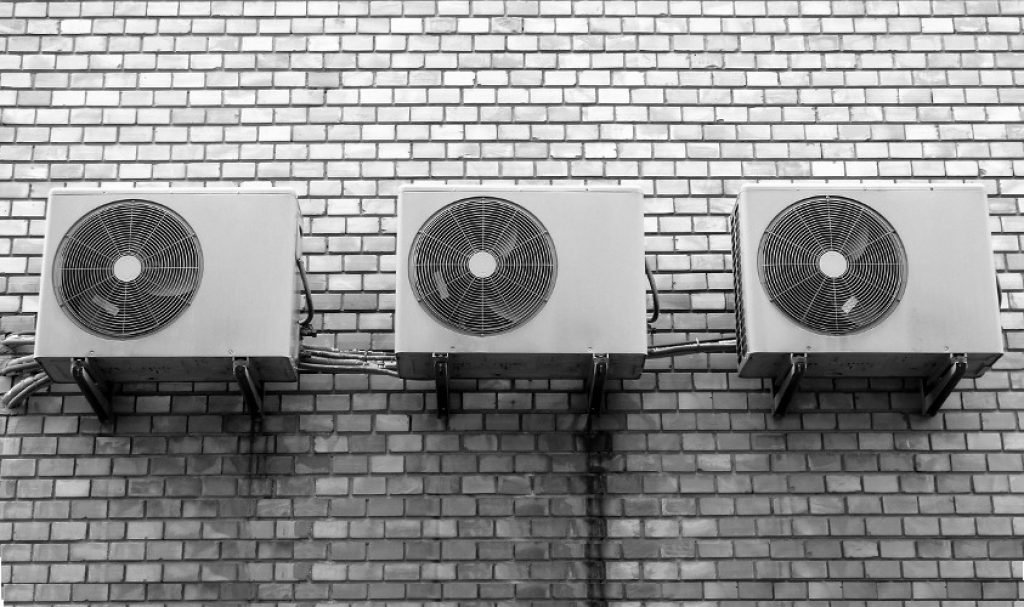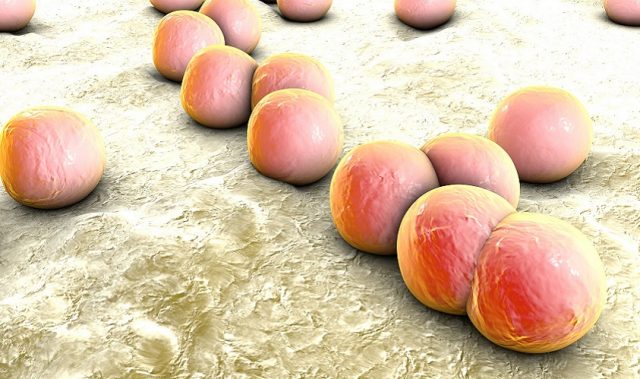
AsianScientist (Feb. 6, 2018) – In a study published in Indoor Air, scientists from the Hong Kong Baptist University (HKBU) revealed that skin flakes accumulating in air-conditioning units can give rise to foul odors.
Air quality in indoor environments is associated with people’s health and well-being. In Hong Kong, many people spend more than 70 percent of their time indoors. Odors lead to discomfort and low productivity, and it is commonly believed that odor problems are due to a dirty air-conditioning system which contains accumulated dust and harbors different types of microbes.
In this study, researchers led by Associate Professor Lai Ka-man of HKBU identified another source of odor—skin flakes, which can serve as food for the bacteria found in air-cooling units. The researchers demonstrated that the accumulation and bacterial degradation of skin flakes in air-cooling units is positively correlated to the complaints of urine-like smell in air-conditioned areas.
The bacteria produce keratinase, enzymes that degrade the main structural protein in skin cells, resulting in the production of volatile fatty acids and ammonia. Other than keratins, skin flakes also contain other microbial nutrients such as lipids and fatty acids, as well as natural metabolites found on human skin. These nutrients are also consumed by the bacteria and degraded into different kinds of volatile short-chain fatty acids that are often linked to the smell of body odors.
Lai also observed that although the Hong Kong Environmental Protection Department has issued the Indoor Air Quality (IAQ) guidelines, these guidelines are inadequate to help property inspectors and engineers identify potential odor-causing units. Therefore, the team also investigated and compared ten microbial samples from air-cooling units with and without odor complaints to improve the current IAQ standards. After studying the biological properties of the isolated bacteria, the team reported that Staphylococcus species within the air-conditioning system is a hint that foul odors will occur.
“For effective long-term odor control, it is important to reduce the amount of skin flakes entering the air-cooling units. To do so, the simplest way is to install an appropriate filter to capture the skin flakes in the air. The size of skin flakes is generally larger than 10 micrometres. A filter that can effectively capture particles less than this size should help prevent the odor problem,” said Lai.
The article can be found at: Ng et al. (2017) Skin Squames Contribute to Ammonia and Volatile Fatty Acid Production from Bacteria Colonizing in Air-cooling Units with Odor Complaints.
———
Source: Hong Kong Baptist University; Photo: Pixabay.
Disclaimer: This article does not necessarily reflect the views of AsianScientist or its staff.












